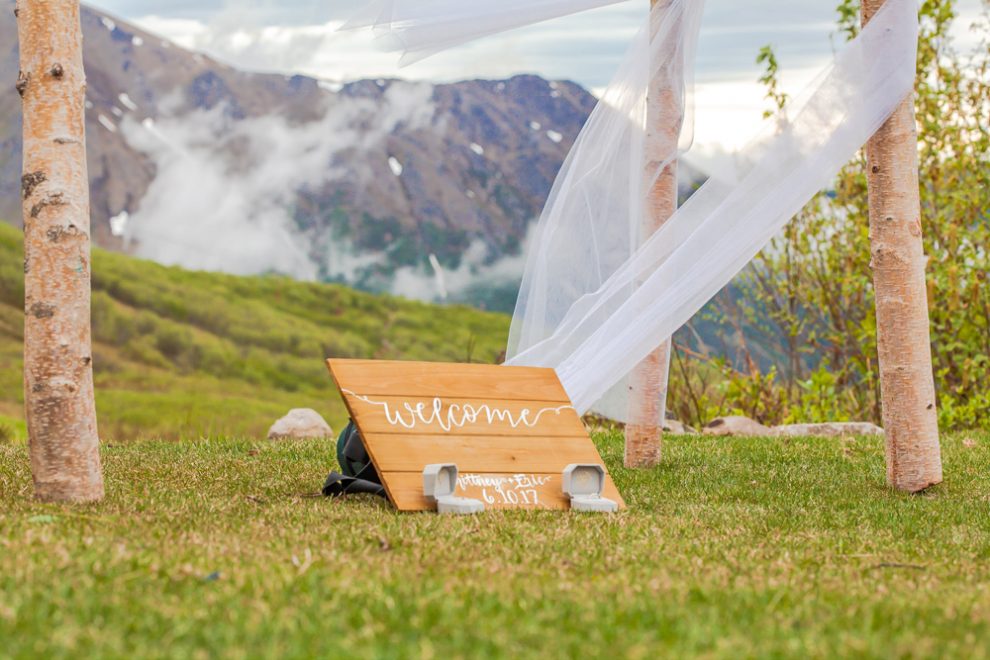During a recent Mass at a local Catholic school the pastor asked the students, “Why do you like this building?” One student raised their hand and eagerly replied, “Because God is here!” Upon hearing this, another student leaned over to his mom and inquisitively whispered, “I thought God was everywhere.” Such is our faith, filled with multiple truths that coexist. Both students in their own way acknowledge important truths within the Catholic tradition. But do we as Catholics actually embrace both of these truths?
Our biases are revealed so often in our assumptions. Currently, throughout the country dioceses are discussing options for the location of the celebration of the sacrament of marriage. Must weddings take place in a Catholic church building, or can they take place elsewhere? While, many Catholics assume the former, this is not the case.
While the parish church is the ordinary place for the celebration of marriage, canon law allows for a local bishop to give permission for marriage to be celebrated in another church, oratory, or broader still, “another suitable place.” You may have been to weddings in Catholic oratories or chapels, but less familiar is the notion of “another suitable place.” This can include a private home or a non-Catholic church, chapel, or place of worship. It’s arguable that “another suitable place” could also include a natural worship environment.
While many dioceses are in discussion about
what “another suitable place” may mean, the Diocese of Helena in Montana
and the Archdiocese of Baltimore are leading the way in this
conversation. Both acknowledge the declining number of young people
choosing to get married within the church. And, as a result, both made
changes to their marriage policy that clarify the provision in canon law
for marriages outside a church building.
The Archdiocese of Baltimore publishes this policy on its website, and the Diocese of Helena designates specific outdoor locations as suitable for the celebration of marriage. Both refer to marriage outside the context of Mass. This intentional inclusion of natural settings for the celebration of marriage is a first step in enacting our belief that God is present everywhere.
As Catholic Christians, we possess not only a sacramental imagination but also a rich tradition of viewing all of creation as a powerful revelation of God. From Genesis to the Psalms to Paul’s letter to the Romans, scripture is replete with a rich theology of creation. Recall some of the great mystics and theologians of the church—St. Hildegard of Bingen, St. Bonaventure, and others—who encountered God amid the wonder of creation.
Within the liturgy itself, some elements of nature––whether palm branches, ashes, oil, water, fire, bread, wine, wood, or stone––are incorporated into every celebration. This understanding shapes our own experiences of creation. Just think of what stirs within us as we witness the dazzling display of color at the sun’s rising and setting or the sense of wonder when that first bud breaks through the ground heralding spring.
God is all around us, and we are all part of one community of creation. How fitting for us then to long to worship God with the rest of creation. How fitting to give thanks and praise within a sanctuary not made by human hands but crafted as “good” by the creator’s loving hand.
Some might find themselves uncomfortable with this line of thinking, especially those who, similar to the first student, like their parish church building “because God is there.” And there is ample reason to be drawn to a church for the celebration of marriage.
The United States Conference of Catholic Bishops (USCCB) speaks eloquently on the meaning and importance of church buildings in its document “Built of Living Stones,” which cites many of a church building’s symbolic significances. The building itself is a public witness of faith as the people of God journey through this world. In it the talents of artists, architects, sculptors, carpenters, glassmakers, and others are used to direct the minds and hearts of the gathered community to God.
The USCCB emphasizes that church buildings are never “simply gathering spaces.” Instead, just as time is made holy through Sunday liturgies and significant moments in the liturgical year, so too space is made holy through the creation of particular church buildings made for worship, prayer, and the sacraments.
Add to this the proud cultural heritage of so many churches built in this country that witness to the faith of a particular people. Think also of all the pivotal life experiences—such as baptisms, first communions, and funerals—that take place within their walls. Consider as well the deep human desire to feel not only a sense of the sacred but also that significant human actions are given greater dignity when performed in sacred spaces, and you see why marriage in a Catholic church building can be so significant.
The place of celebration, whether a church or in nature, should not just be a “gathering space” but a place of purposeful encounter with God. In fact, it’s this distinction that makes a remarkable difference when considering the location of a marriage celebration. When thoughtfully prepared, a wedding liturgy in a parish church or in a meaningful natural setting can be a profound witness of faith and encounter with God.
If a celebration is held in a natural setting, deep consideration should be given to ways in which God’s presence can be acknowledged and emphasized in those spaces. The liturgy should be thoughtfully prepared in advance and the location itself should enhance, not distract from the liturgical celebration. The presider should find ways throughout the liturgy to acknowledge God’s presence in the congregation’s midst.
However, the same is true for a church building. Unfortunately, church buildings are often chosen for superficial reasons. Ask any of the pastors of beautiful churches on the Upper East Side of New York City or those featured as popular destinations in wedding magazines and they’ll tell you their pastoral headaches of couples who want to use the church but are not interested in the deeper faith component.
As fewer young couples seek to go through the extensive marriage preparation process, those who do stand as witnesses to the values that they aspire to live by. Faith is one of these important values. Care for creation is another. And while there are plenty of pastoral and liturgical considerations to be made when preparing a wedding liturgy, particularly for one held outside a church building, perhaps this conversation is the Spirit calling us to be attentive to the signs of the times and to live in greater communion with God’s creation.
Image: Unsplash cc via Zoe Pappas













